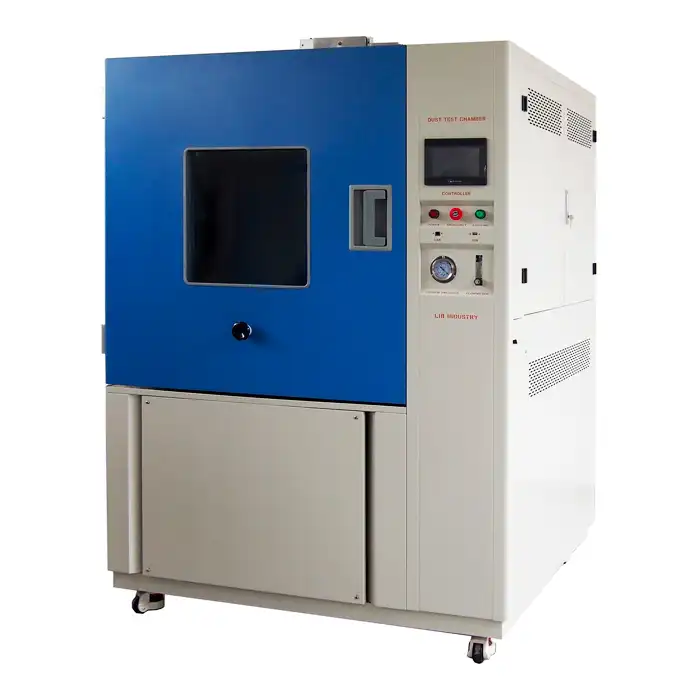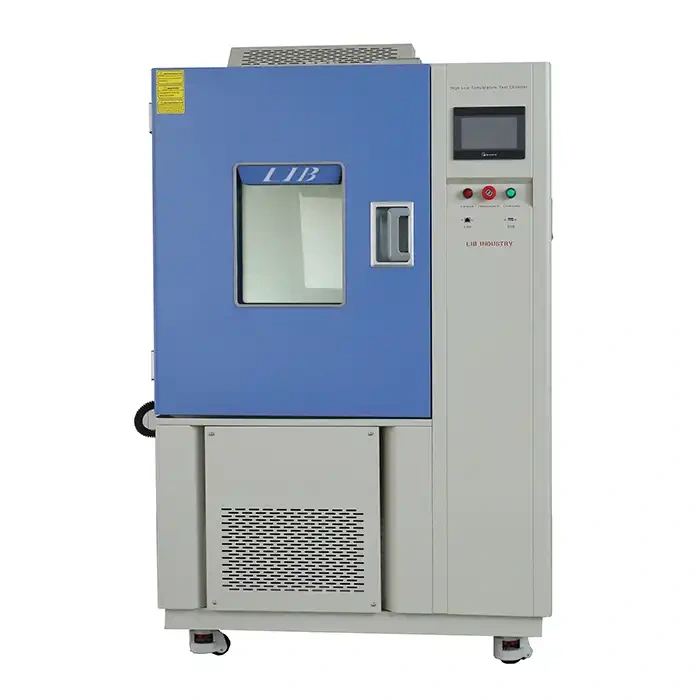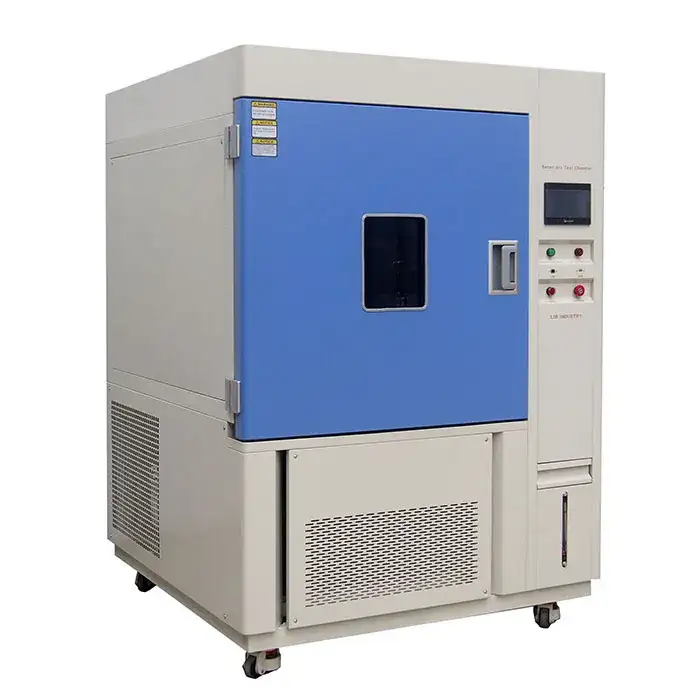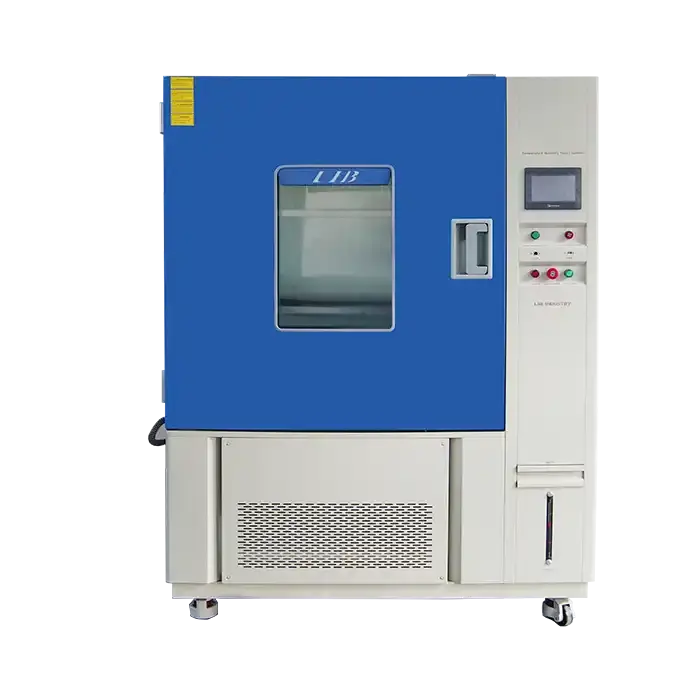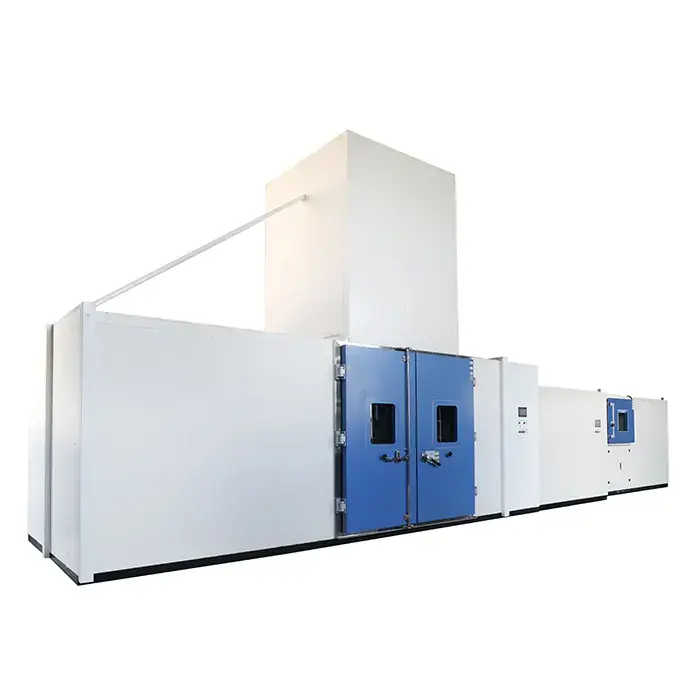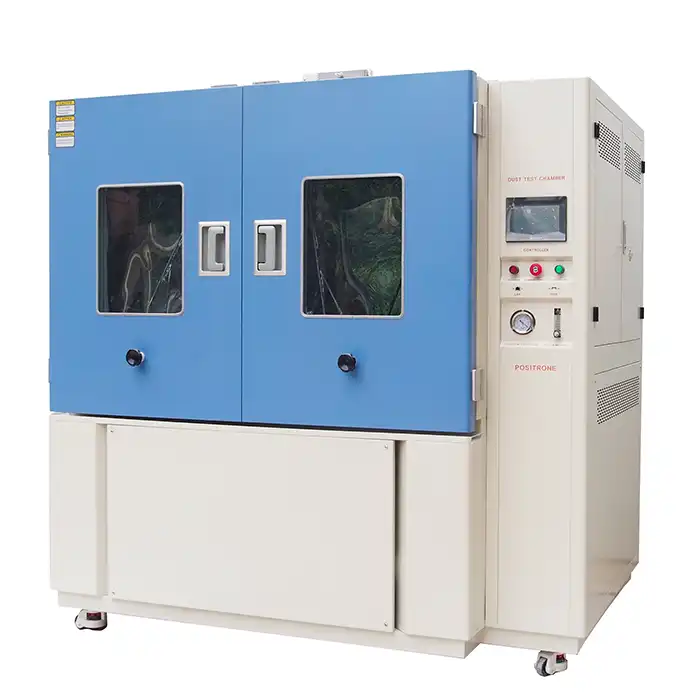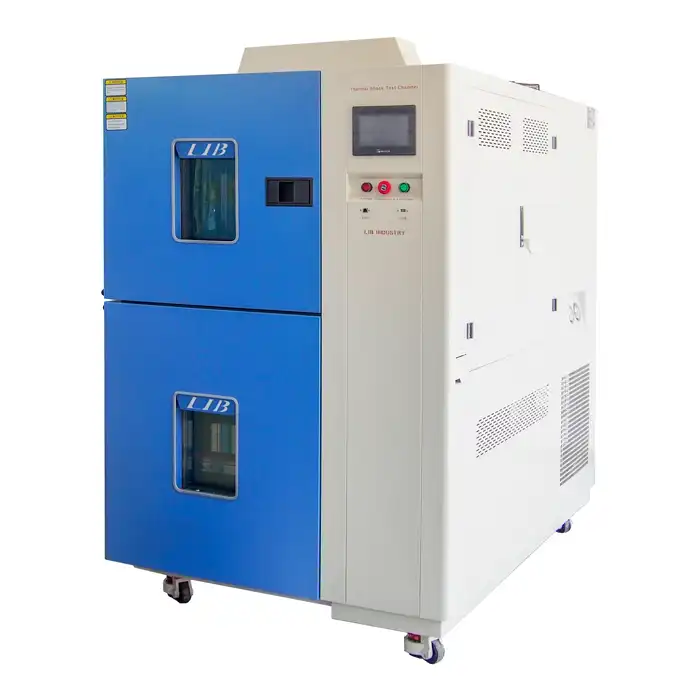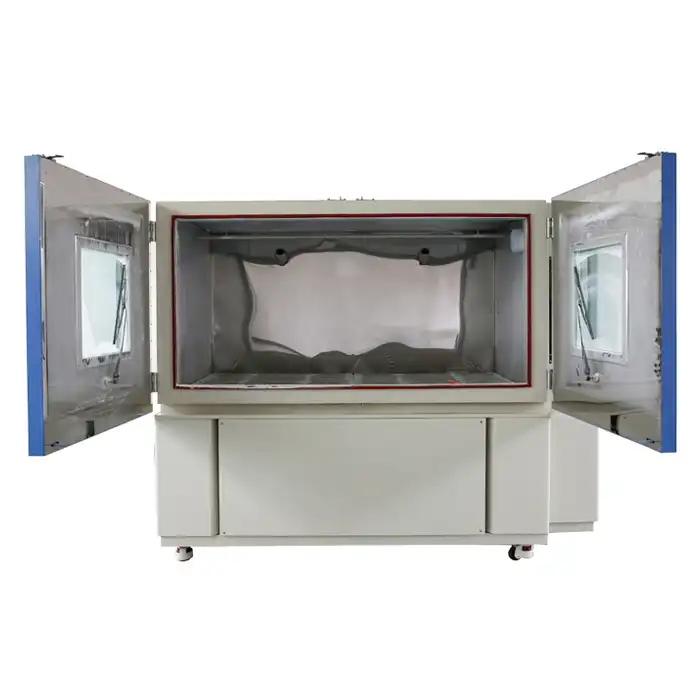How does a mini thermal chamber work?
Mini thermal chambers are indispensable tools in various industries, from electronics to aerospace. These compact yet powerful devices simulate different temperature conditions, allowing manufacturers to test the durability and performance of their products. In this comprehensive guide, we'll delve into the inner workings of mini thermal chambers, exploring their components, principles, and applications.
The Core Components of a Mini Thermal Chamber
Temperature Control System
At the heart of every mini thermal chamber lies its sophisticated temperature control system. This system comprises heating and cooling elements, temperature sensors, and a controller. The heating element, often a resistive heater, raises the chamber's temperature, while the cooling system, typically utilizing compressors and refrigerants, lowers it. High-precision temperature sensors continuously monitor the chamber's internal environment, feeding data to the controller, which adjusts the heating and cooling elements to maintain the desired temperature with remarkable accuracy.
Insulation and Chamber Construction
The efficacy of a mini thermal chamber heavily relies on its insulation and overall construction. These chambers are built with multiple layers of high-performance insulating materials, such as polyurethane foam or fiberglass. The insulation minimizes heat transfer between the chamber's interior and the external environment, ensuring temperature stability and energy efficiency. The chamber's walls are often constructed with stainless steel or other corrosion-resistant materials, providing durability and maintaining a contamination-free testing environment.
Air Circulation System
Uniform temperature distribution within the chamber is crucial for accurate testing. Mini thermal chambers achieve this through an efficient air circulation system. Powerful fans or blowers circulate air throughout the chamber, eliminating hot or cold spots. Some advanced models employ baffle systems or airflow directors to optimize air movement, ensuring that the test specimens are exposed to consistent temperature conditions regardless of their position within the chamber.
The Operating Principles of Mini Thermal Chambers
Temperature Ramping and Stabilization
Mini thermal chambers operate on the principle of controlled temperature ramping and stabilization. When a test cycle begins, the chamber's controller initiates the heating or cooling process to reach the target temperature. The rate of temperature change, known as the ramp rate, is precisely controlled to prevent thermal shock to the test specimens. Once the desired temperature is reached, the chamber enters a stabilization phase, maintaining the set point with minimal fluctuations. This process can be repeated multiple times during a single test cycle, simulating various environmental conditions.
Humidity Control (in Some Models)
Humidity control is an essential feature in many advanced mini thermal chambers, although not all models include it. These sophisticated chambers utilize a humidity generation system that comprises a water reservoir, an atomizer, and a humidity sensor. By introducing precise amounts of water vapor, they can maintain specific relative humidity levels within the chamber. This capability is crucial for testing products sensitive to moisture, such as electronic components and pharmaceutical items, ensuring their reliability and performance under varying humidity conditions. The ability to control humidity enhances the versatility of thermal chambers, making them indispensable for comprehensive product testing.
Programmable Test Cycles
Modern mini thermal chambers feature programmable test cycles, which empower users to design intricate temperature profiles tailored to their specific testing needs. These profiles can incorporate various temperature setpoints, hold times, and ramp rates, enabling precise control over testing conditions. The chamber’s controller automates these cycles, facilitating unattended operation and ensuring consistency across tests. Additionally, some advanced models offer remote monitoring and control options, which significantly enhance user convenience and streamline the overall testing process, making it more efficient and reliable.
Applications and Benefits of Mini Thermal Chambers
Product Reliability Testing
One of the primary applications of mini thermal chambers is in product reliability testing. Manufacturers use these chambers to subject their products to extreme temperature conditions, simulating real-world scenarios or accelerated aging processes. This testing helps identify potential weaknesses or failure points in products, allowing for improvements before they reach the market. Industries such as automotive, aerospace, and consumer electronics rely heavily on thermal chamber testing to ensure their products can withstand diverse environmental conditions.
Research and Development
In research and development settings, mini thermal chambers play a crucial role in material science and product innovation. Scientists and engineers use these chambers to study the behavior of materials under various temperature conditions, test new formulations, or develop temperature-resistant components. The precise control and repeatability offered by mini thermal chambers make them invaluable tools in pushing the boundaries of material performance and product design.
Quality Control and Compliance
Mini thermal chambers are essential in quality control processes and ensuring compliance with industry standards. Many products must meet specific temperature performance criteria to comply with regulations or customer requirements. By utilizing mini thermal chambers, manufacturers can conduct standardized tests, verify product specifications, and generate documentation to support compliance claims. This not only helps in maintaining product quality but also builds trust with customers and regulatory bodies.
Conclusion
Mini thermal chambers are sophisticated devices that combine precise temperature control, efficient insulation, and advanced programming capabilities to create controlled environmental conditions. Their ability to simulate a wide range of temperatures makes them indispensable in various industries, from electronics to aerospace. By understanding how these chambers work, manufacturers and researchers can leverage their capabilities to develop more reliable, durable, and innovative products.
Contact Us
If you're interested in learning more about mini thermal chambers or need assistance in selecting the right model for your specific requirements, don't hesitate to reach out. At LIB Industry, we specialize in providing comprehensive environmental testing solutions tailored to your needs. Contact us at info@libtestchamber.com to discuss how our mini thermal chambers can elevate your testing processes and drive your product development forward.
References
1. Johnson, A. (2021). "Principles of Environmental Testing: A Comprehensive Guide to Thermal Chambers"
2. Smith, R. et al. (2020). "Advances in Temperature Control Systems for Mini Thermal Chambers"
3. Lee, S. and Park, J. (2019). "The Role of Thermal Testing in Product Development: Case Studies from the Electronics Industry"
4. Thompson, E. (2022). "Optimizing Air Circulation in Compact Environmental Chambers"
5. Garcia, M. and Brown, T. (2021). "Humidity Control Mechanisms in Modern Thermal Test Chambers"
6. Wilson, K. (2020). "Applications of Mini Thermal Chambers in Aerospace Materials Research"



